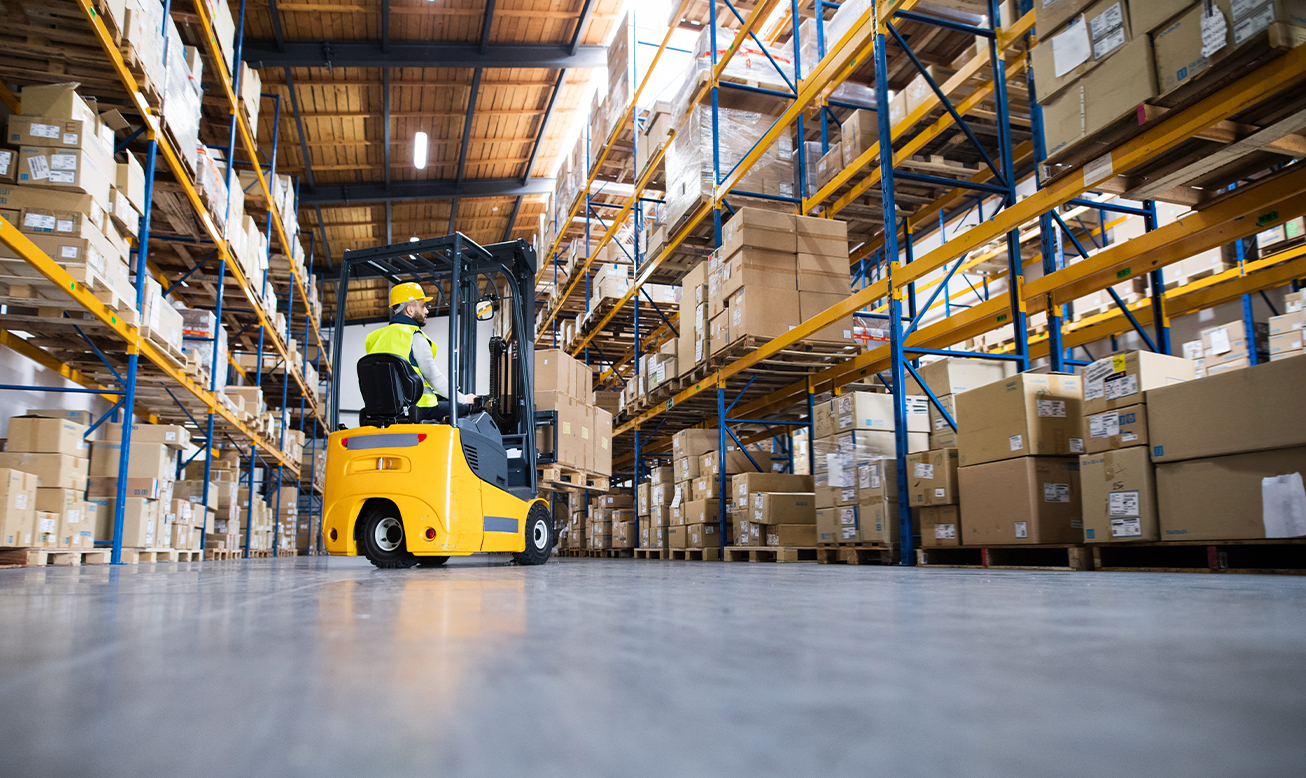June 13, 2024
A Complete Dissection of Last-Mile Delivery Costs
The final leg of the shipping process, known as last-mile delivery, is not just a tiny part of the supply chain but a major one. This critical phase can account for about 40% or more of the total cost of the shipping process. Understanding the complexities and cost factors associated with the last mile is crucial for businesses seeking to optimize their operations, leading to improved customer satisfaction.
Delivery Logistics
Effective logistics planning is not just a necessity but a powerful tool that allows companies to take control of their last-mile delivery costs. By avoiding poor logistics, which can drastically increase expenses, businesses can potentially save a significant portion of their budget. A well-thought-out logistics plan considers several factors:
Optimal Route Planning – Carefully choosing the most efficient route to ensure timely delivery while minimizing fuel consumption.
Avoiding Traffic Obstacles – Identifying roads with fewer stops, traffic lights, and potential traffic jams to reduce delays and fuel costs.
Delivery Sequencing – Strategically planning the delivery order, especially when multiple destinations are involved, to minimize travel distance and time.
Reverse Logistics – Accounting for the cost of returning the merchandise to the warehouse or distribution center if required.
Despite meticulous planning, unpredictabilities such as road conditions and traffic can impact these logistics, making it crucial to anticipate and mitigate potential delays and additional costs.

Fuel Cost
This significant variable in last-mile delivery has recently surged by over 25%, substantially impacting delivery expenses. This increase in fuel prices has become a substantial factor that businesses should consider when managing their last-mile delivery costs. Several aspects contribute to increased fuel consumption:
Traffic Delays – Traffic lights, accidents, and jams can cause frequent stops and starts, leading to higher fuel use.
Route Inefficiencies – Non-optimized routes that require detours or longer travel times increase fuel consumption.
Vehicle Efficiency – The type and condition of delivery vehicles also affect fuel efficiency and overall costs.
Every additional stop and delay leads to higher fuel costs, which are inevitably passed on to the end customer. This directly affects the overall shipping fee and, potentially, the product price. That’s why fuel efficiency in the last mile is paramount.
Failed Deliveries
Another noteworthy contributor to last-mile delivery costs is failed delivery attempts, which can be a significant area for cost optimization. Several factors can lead to delivery failures despite the staff’s best efforts. By understanding these factors and implementing mitigation strategies, businesses can significantly reduce their last-mile delivery costs.
Transportation Accidents – Unforeseen accidents can disrupt delivery schedules and increase costs.
Incorrect Deliveries – Delivering the wrong item necessitates additional trips, thereby increasing costs.
Unavailable Recipients – Additional attempts must be made when the recipient is away to receive the package.
Implementing robust tracking systems can mitigate some of these issues by keeping both the sender and recipient informed about the delivery status and expected arrival time. However, not all failures can be prevented; thus, there is a need for contingency plans and cost considerations.

Returns and Refunds
Even when items are packaged to prevent damage, issues can still arise, requiring efficient handling of returns to control costs. That’s why reverse logistics also play a crucial role in last-mile delivery costs. Depending on the product, the return process can vary significantly:
Product Condition – Items might have been damaged before delivery or did not meet customer expectations, leading to returns.
Customer Satisfaction – Ensuring a smooth return and refund process is vital for maintaining customer satisfaction, but it adds to the logistics costs.
Damaged or Unsold Stock – Whether it is seasonal products or stock that has been removed from the shelves, the cost of returning freight to the manufacturer or carrier should be considered.
The returns process is a crucial logistical consideration for the overall customer experience. A hassle-free return process is essential for positive customer experiences and loyalty. This highlights the significance of each supply chain part’s role in ensuring a seamless last-mile delivery process.
Customer Experience
The delivery process heavily influences the overall customer experience. Key factors affecting customer satisfaction include:
Delivery Timing – Timely deliveries are necessary for customer satisfaction.
Product Condition – The condition of the product upon arrival impacts the customer’s perception of both the seller and the delivery service.
Installation Services – Regarding white glove services, installation quality can also affect customer satisfaction.
Poor delivery experiences can negatively impact both the retailer and the delivery service provider, highlighting the importance of efficient and reliable last-mile delivery services.
Delivery Insurance
It is another critical factor in the cost of last-mile delivery. Insurance provides a safety net against potential incidents due to theft, damage, or other losses during transit. While delivery insurance adds to the overall cost, it can be a cost-effective measure in the long run. Insurance coverage guarantees that businesses and customers are financially protected in the event of an unfortunate incident, thus maintaining customer trust and satisfaction.
For businesses, offering delivery insurance can enhance their reputation as a reliable service provider. Insurance is made to mitigate the financial risks associated with high-value shipments, making it a crucial component of the last-mile shipping strategy. Ensuring that goods are adequately insured can also streamline the claims process in case of any issues, reducing the administrative burden on the company and expediting the resolution for the customer.
Last-mile delivery is inherently tricky, involving numerous processes and stages that require meticulous attention. Your businesses can navigate these challenges effectively by partnering with a trusted third-party logistics (3PL) provider like Last Mile Logistics. By leveraging our resources and expertise, we can help your company scale up its operations, expand its market reach, and ensure high levels of customer satisfaction while managing costs. So please call us so we can evaluate your transportation needs.

